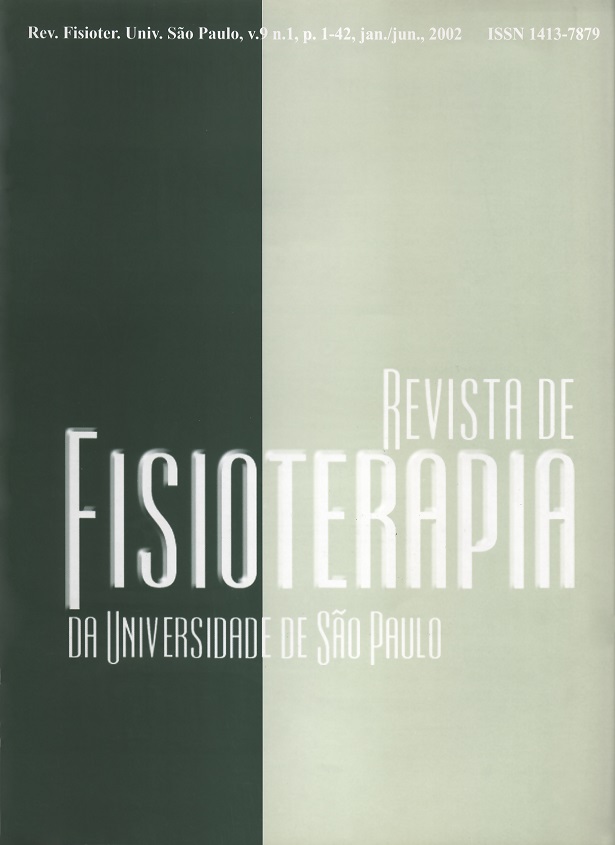Theory of neuromatrix: a new approach about the understanding of phantom pain
DOI:
https://doi.org/10.1590/fpusp.v9i1.78379Keywords:
amputation, memory/classification, pain/psychology, phanton limb.Abstract
Phantom pain is actually a sensation known and observed after amputations, being like pain of a surgical remotion of a member or portion this. The pain may start immediately after of the amputation or sometimes it appears weeks, months and even years later. It feels in precises points of phantom pain . Occuring generally in 70% of amputated. Some authors describe that the appearance of phantom pain may be associated with the experience pain before amputation, denominated of memory of the pain. It is also a predisposed factor to appearance of painfull phantom. Several theories and supposition get involved as attempts to explain of appearance of phantom pain, being that neuromatrix published by Melzack, is the most satisfactory. TheNeuromatrix proposes that our brain is constituted to network spread the loops between thalamus and cortex, as well as, cortex and limbic system, at initially determined genetically and later altered by sensory stimulus. The lost stimulus to limb or to body stimulate the neuromatrix produced a abnormal standard sign, as heat, burn, cramp and tingling sensation. It is
observed that intensity the phantom limb pain experimented by amputed correlate with extensions of the reorganization functional the cortex somatosensory. The phantom limb pain can't be explained satisfatory for any mechanism single, such as irritation of a peripheric nerve, abnormal activity simpathic or psycopathology problems, all some form contribute to appealment and perpetuation of pain.
Downloads
Download data is not yet available.
Downloads
Published
2002-06-30
Issue
Section
Articles
How to Cite
Theory of neuromatrix: a new approach about the understanding of phantom pain. (2002). Fisioterapia E Pesquisa, 9(1), 17-22. https://doi.org/10.1590/fpusp.v9i1.78379



